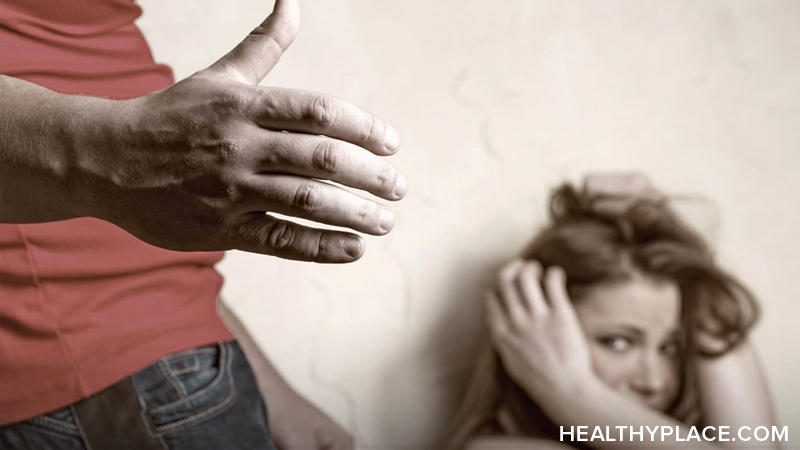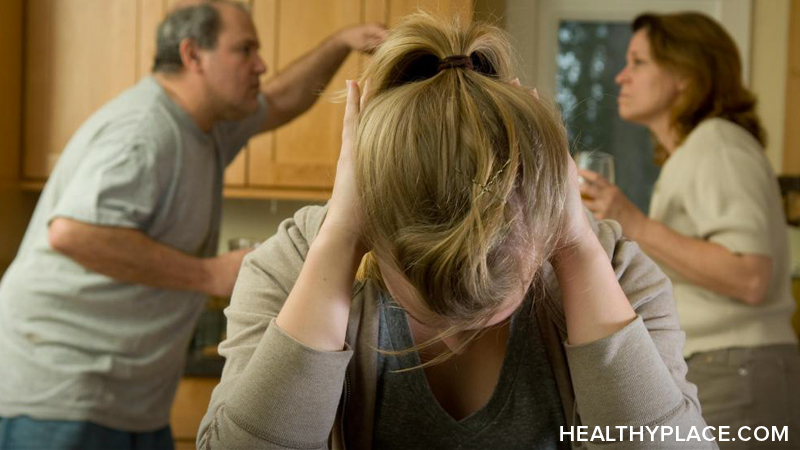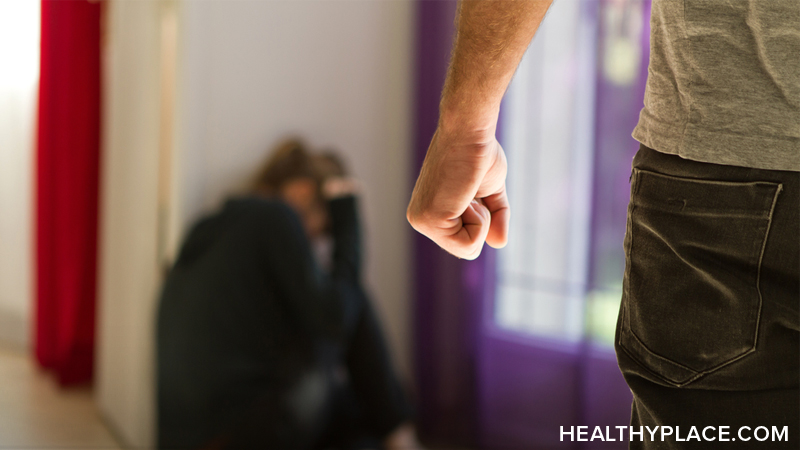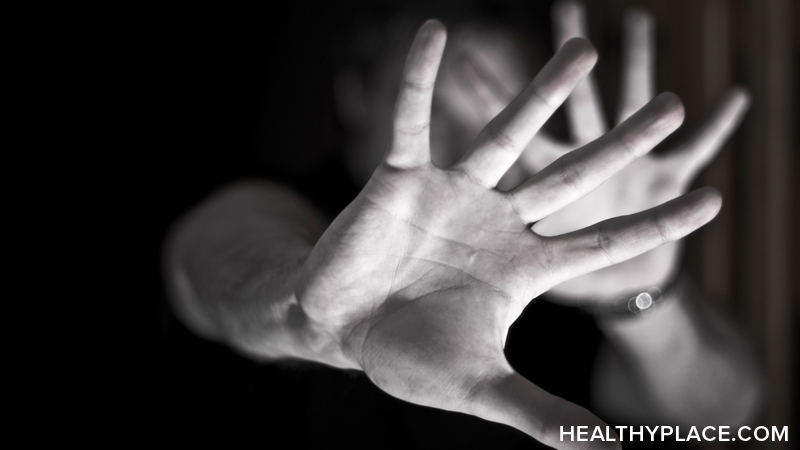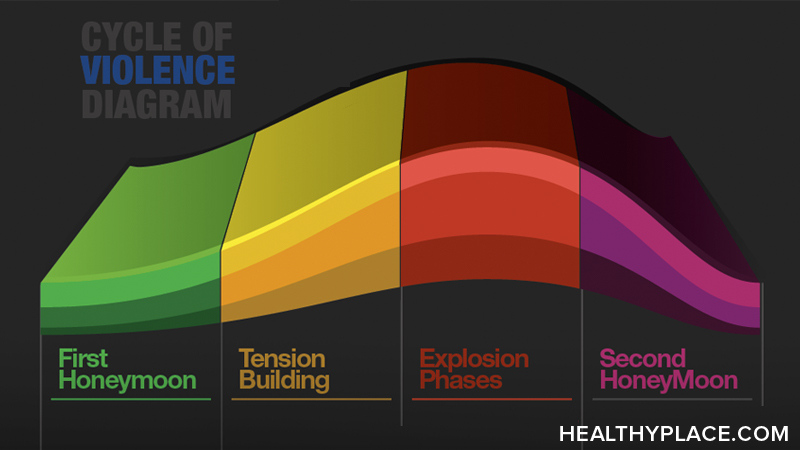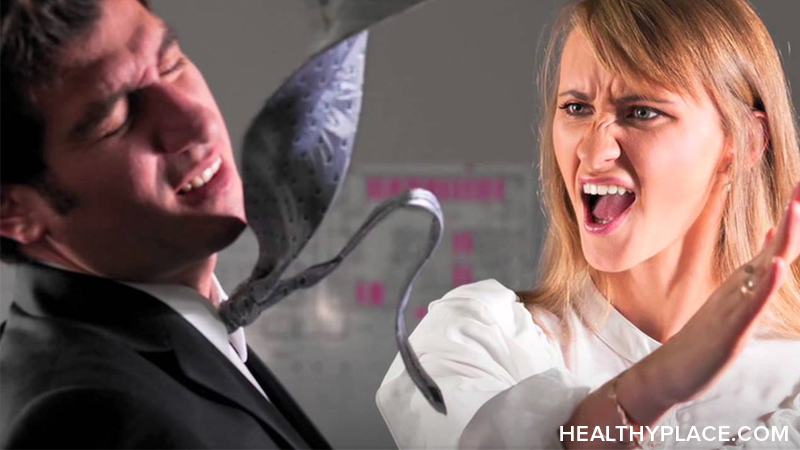Signs of Domestic Violence, Domestic Abuse
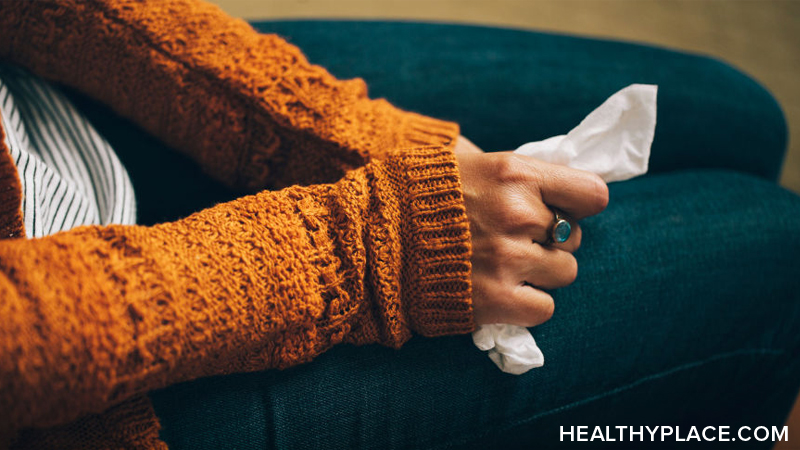
Learning to recognize the signs of domestic violence represents the first step toward getting help for yourself or someone you know. Every relationship has its challenges and the majority of couples argue once in a while, but domestic abuse goes beyond the typical problems of those in intimate relationships. You can learn to recognize abusive patterns in relationships by familiarizing yourself with the warning signs of domestic abuse.
Common Signs of Domestic Abuse
These signs of domestic abuse point to probable psychological and emotional abuse. The victim may experience physical violence as well, even if you cannot see any visible signs like bruises.
Verbal cruelty – perpetrator verbally abuses and berates his or her intimate partner. Use of derogatory phrases, such as, "You're worthless," or "You're crazy," and the like is a common tactic of abusers. Domestic abusers frequently use obscene language targeting the victim. If your partner escalates to name-calling and put-downs during normal disagreements, this could indicate a pattern of abuse that may intensify if left unchecked. It's not likely to get better unless you get help ("What Is Verbal Abuse?").
Physical and Emotional Control – Abusers do not allow their partners to enjoy the independence that other adults have over their lives. This extreme control may manifest through displays of extreme jealousy and possessiveness, or threats and coerciveness. Perhaps you've decided to join a book club or yoga class that meets once a week. Your partner becomes angry that you didn't consult him. He may accuse you of not considering his wishes or say that you're selfish to take this time for yourself. This represents just one scenario in a multitude of ways abusers exert tremendous control over their victims.
Lack of Respect (publicly, privately, or both) – Abusers often belittle or nullify the opinions of their victims. In a public setting, he may make fun of the victim's attempt to contribute an opinion in a group discussion, or simply ignore it altogether. Many abusers are very careful to mask abuse as diminutive affection or protectiveness in public settings. In private, abusers openly and purposely show lack of respect for their intimate partner's desires and needs. The abuser may make unilateral decisions about important issues that affect both people in the relationship without consulting his or her spouse.
Fear and Anxiety – Victims of domestic violence and abuse often live in fear of their partners. Although they may tell friends and family that everything is fine, they often seem overly anxious when their partner is around, or may exhibit visible signs of fear (i.e. shaking, trembling) after a phone conversation with their partner.
Signs of domestic violence often show up as visible injuries on victims. It's important to note that a lack of physical evidence of domestic abuse is not a guarantee that none is taking place. Read these examples of both visible signs of violence and other non-visible indicators.
- Bruises or injuries that appear to result from choking, punching, or from an object, such as a belt or similar item. Black eyes, marks around the neck, or bruises on areas that don't occur in the course of outdoor sports or any other activities the person regularly engages in.
- Attempt to cover up bruises with heavy makeup or with clothing. The person may wear long sleeve t-shirts or a jacket in the heat of summer. Victims often attempt to cover bruises with heavy makeup on the face, neck or arms.
- Victim comes up with unlikely excuses for how they obtained bruises or injuries. Frequently, their stories seem inconsistent with their injuries. They may say they tripped and fell, which caused their black eye. While it's not absolutely impossible to get a black eye from a fall, it's highly unlikely.
- Victim has few or no friends outside of the primary relationship. She makes excuses about why she can't meet coworkers out at lunch. Victims of domestic violence and abuse often live isolated lives, cut off from the healthy social network most adults enjoy.
- Talks of the partner's volatile temper, but stops short of disclosing information that may indicate abuse.
Recognizing Signs of Domestic Violence in Your Own Relationship
It's important that you recognize the signs of domestic violence in your own relationship. Abusers begin their pattern of abuse in subtle ways at first, escalating their methods little by little as they break down the esteem and confidence of their victims. Before long, they have established an intense control over the emotions and behaviors of their partner. Because of the insidious and gradual nature of domestic abuse, you may not recognize the signs in your own relationship. But more often than not, victims stay in a state of denial, rationalizing their partner's abusive behavior.
If you live in fear of your partner, feel that nothing you do satisfies him or measures up, have thoughts of suicide, or have been cut off from friends and family, you need to reach out for help. Domestic violence is a criminal act (read Domestic Violence Laws). The abuser is a criminal and like all criminals, he will not stop on his own. Know the signs of domestic abuse and apply them against your own relationship if you feel you may have an abusive partner.
APA Reference
Gluck, S.
(2021, December 17). Signs of Domestic Violence, Domestic Abuse, HealthyPlace. Retrieved
on 2025, May 21 from https://www.healthyplace.com/abuse/domestic-violence/signs-of-domestic-violence-domestic-abuse
